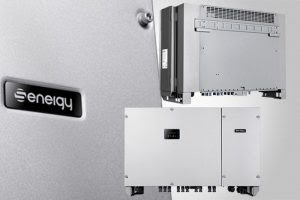The purpose of this article is to discuss the role of solar
inverter OEM solar power in your
home as well as issues having different types of inverters, and how to find the
solution of some common problems associated with them.
In order to provide electricity to the home, maximum home solar inverter OEM
systems work by a
series in which solar panels transfer
power to batteries, with the batteries then provide the electricity to the
home. Therefore we know that power is available in the dark, when the solar
system itself isn't generating. There are two varieties of electricity, both
solar systems and batteries deal with Direct Current (DC). The interior of the
home uses Alternating Current (AC). The change from DC to AC is performed by
the inverter.
Consumers can choose between Modified Sine Wave (MSW) and
True Sine Wave (TSW) inverters. MSW inverters are the more limited type, they
only convert DC electricity into AC
power. Some appliances, like computers, which use certain types of power
sources don't have any problems with MSW inverters, but MSW inverters can have
problems in other cases.
Maintaining solar
inverter OEM is no problem provided you pay attention to the following.
It's a good idea to keep the inverter close to the batteries but don't put it in the same box. Always use
a large size wire to run between the batteries and the inverter. The correct
size will be provided in the inverter
documentation. A fuse is a good idea for wires and inverter.It is remembered
that the inverter is in a location where it will not be exposed to wetness or
extreme temperatures.
In terms of common issues, there are just a couple who were
habituated to solar
inverter OEM. The first issue RF interference. The Easiest way to deal with this problem is
to place any receiver as far away from the inverter as possible. Running to a
battery powered radio will also solve this problem, and the batteries can then
be recharged through the solar power system.




















